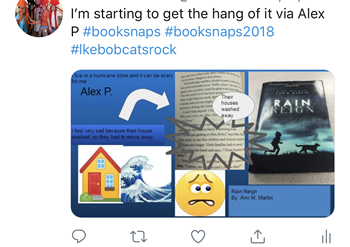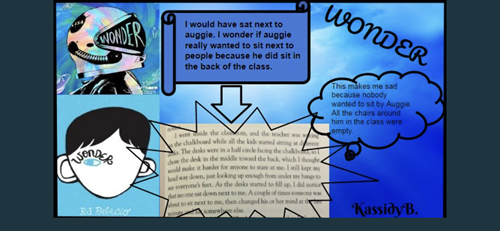Parents are at the center of a child’s academic success. A Columbia University study done in 2017 revealed that when the parents of middle- and high-schoolers received texts each week outlining their child’s grades, absences, or missed assignments—an example of a strategy known as “nudge interventions”—there was a 39-percent reduction in course failures and an 18-percent increase in student attendance.
A successful relationship between educators and parents requires this sort of constant communication, whether via phone call, email, or even an in-person conversation.
Related: 4 evidence-based ways parents improve student achievement
1. Establish a positive relationship
Within the first week of school, I try to contact every single parent or caregiver of my 75 students and make a positive point of contact with them. For example, to the parents of a student who enrolled after the school year had started, I wrote: “Good evening! I wanted to let you know I am proud of Anthony’s efforts. He’s had a fabulous first few days and I am so glad he joined us.”
To another set of parents, I wrote, “Good evening. I wanted to let you know how much I enjoy having Nathan in class. He’s been a great role model for his peers and consistently follows procedures. I appreciate his efforts and I’m so glad he’s in our class.”
I like to keep parents in the loop at all times, so each day I send out updates about upcoming tests, attach study guides, or include a monthly calendar with upcoming events.
2. Use social media to share students’ work
We have a grade-level Facebook page where we post updates and pictures from our classroom. I also have a Twitter spreadsheet that’s posted in my Google Classroom. My students are allowed to go in and tweet during their free time. Then I approve it and tweet it from our class Twitter feed.
I like to do book snaps with my students, which I found on Twitter through Tara Martin, the author of a book called Be Real. To do a book snap, students take a snippet of a book page, and they can include emojis, the page number, the name of the book, and the cover. Then they write a little blurb and we tweet that out.
Kids really like having a global audience, knowing that someone is going to come back and share or comment on their work, and of course their parents like seeing what their kids are reading.


3. Using nudges before small issues become big
To keep parents in-the-know about their child’s day-to-day behavior, I’ve found it works best to send a quick instant message in an app like Bloomz. For example, a student in my class has anger issues. To help the student’s parents from worrying too much, I’ll send them a message saying the student had a great day. If something went wrong, I’ll say, “This behavior happened and I need to discuss it with you. Can we have a phone conference this afternoon?” That way, they’re up to speed on their child’s behavior and performance. This direct line also gives me a very quick, lower-level intervention that doesn’t require the attention of school administration.
Focusing on the positive
When it comes to communication, there’s always room for improvement. In class, I focus a lot on cultivating a positive environment. I like to write encouraging letters and leave them on students’ desks for them to see when they arrive. I send home post cards, and I continue to send home handwritten messages for parents as well. Each week, I give myself a goal of reaching out to five parents to share something positive that their child did that day.
Related: 7 ways to rethink school/family partnerships
As the saying goes, it takes a village to raise a child. When educators and parents work together, they can create a positive environment for every student’s success, which begins at home and expands in the classroom.
- High school students say AI will change the workforce - April 18, 2024
- Motivating students using the Self-Determination Theory - April 17, 2024
- Michigan Virtual’s statewide workgroup releasing AI guidance for K-12 educators - April 17, 2024


